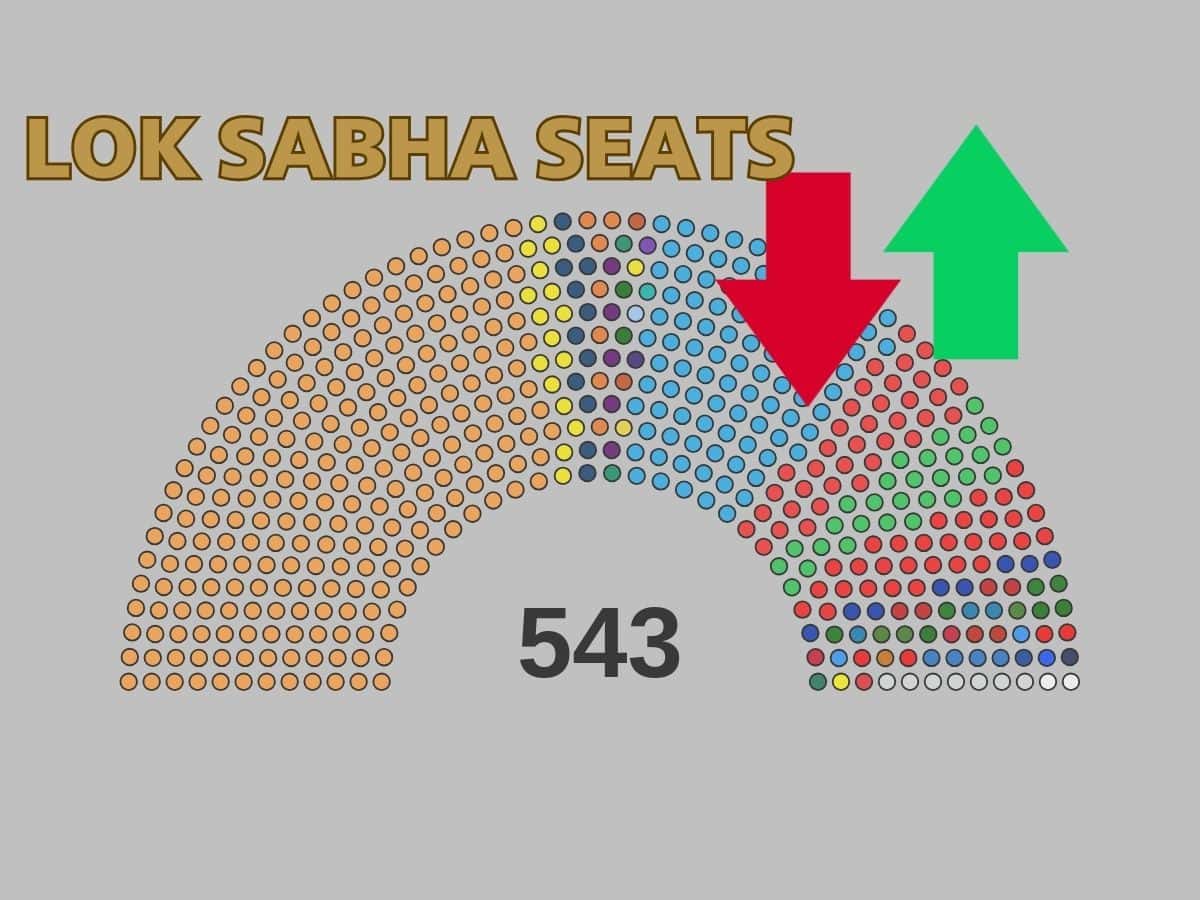
The number of Lok Sabha seats in the country was fixed at 489 in 1951, before the first elections were held in free India. Taking account of the change in population in the interim years, the number of seats was altered. In 1962, after considering the population increase in the census of 1961, the number of seats increased.
Not only were the overall number of seats across the country raised, but the problem was that the number of seats was increasing unevenly across the nation. Thus, in states like Bihar, where the population was increasing faster, the number of seats grew more. This led to disenchantment in southern states, where population growth was limited, perhaps due to natural reasons.
Fight for fair representation
Murasoli Maran, a DMK leader, fought this issue energetically, arguing that the only solution was to freeze the number of seats in the Lok Sabha. That is what happened, and in 1976 the number of seats in the Lok Sabha was increased to 543 from 518 and subsequently frozen until after the 2001 Census. The 42nd Amendment froze the number of seats. The seat distribution across the nation—how many seats each state would have—was also frozen.
| Year | Number of seats |
| 1951 | 489 |
| 1962 | 494 |
| 1971 | 518 |
| 1976 | 543 |
As 2001 approached, there was disenchantment across political circles because there were apprehensions that seat distribution would have changed. But nothing happened because a line sold by then Congress leader (and later President) Pranab Mukherjee prevailed. Let’s extend the freeze and postpone the problem, he argued privately. That is what happened, and the freeze was extended to 2026. Meanwhile, the state assembly of Tamil Nadu passed a resolution that the changes made in 1976 be extended by another 50 years, until 2051. In this situation, Parliament, taking a middle path, extended the freeze until 2026.
Resurging debate
Now, in late 2024, Tamil Nadu Chief Minister Stalin and BJP ally Chandrababu Naidu, now Chief Minister of Andhra Pradesh, are seeking to bring the issue to centre stage by linking the number of seats to population increases. This is an indirect way of confusing the issue, but this is a battle that will become heated over the next few months and may lead to catalytic changes.

